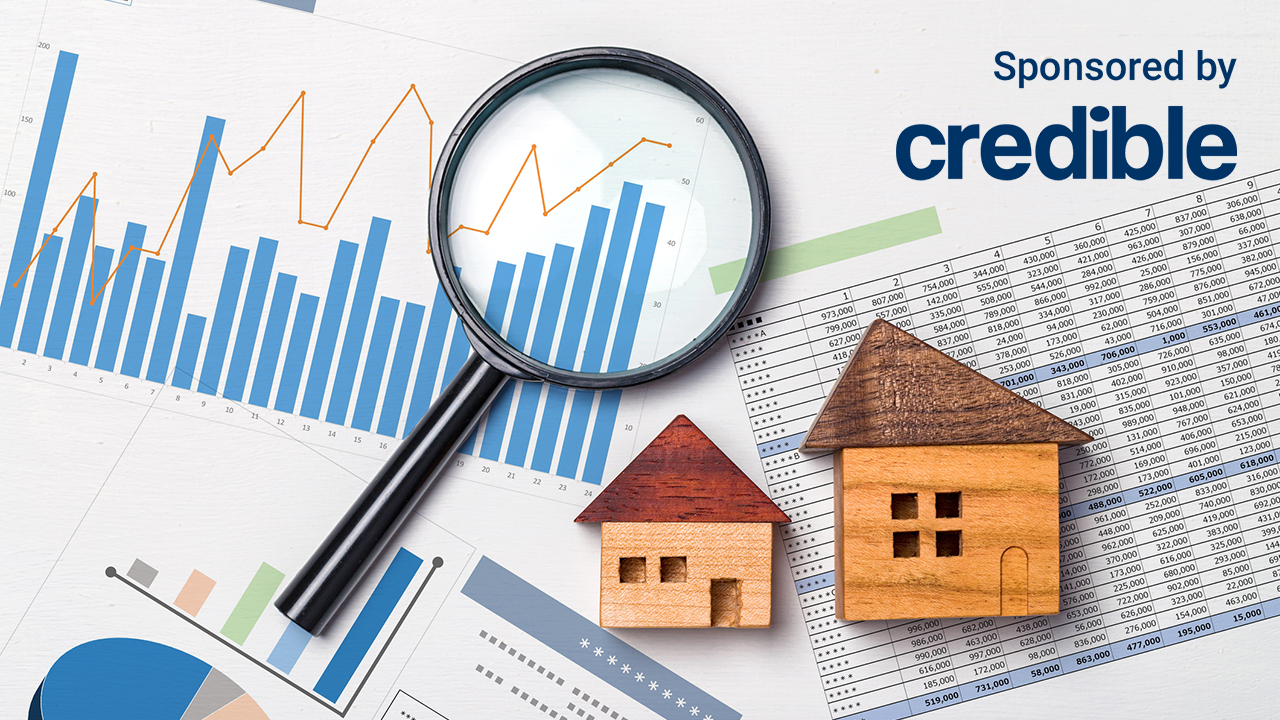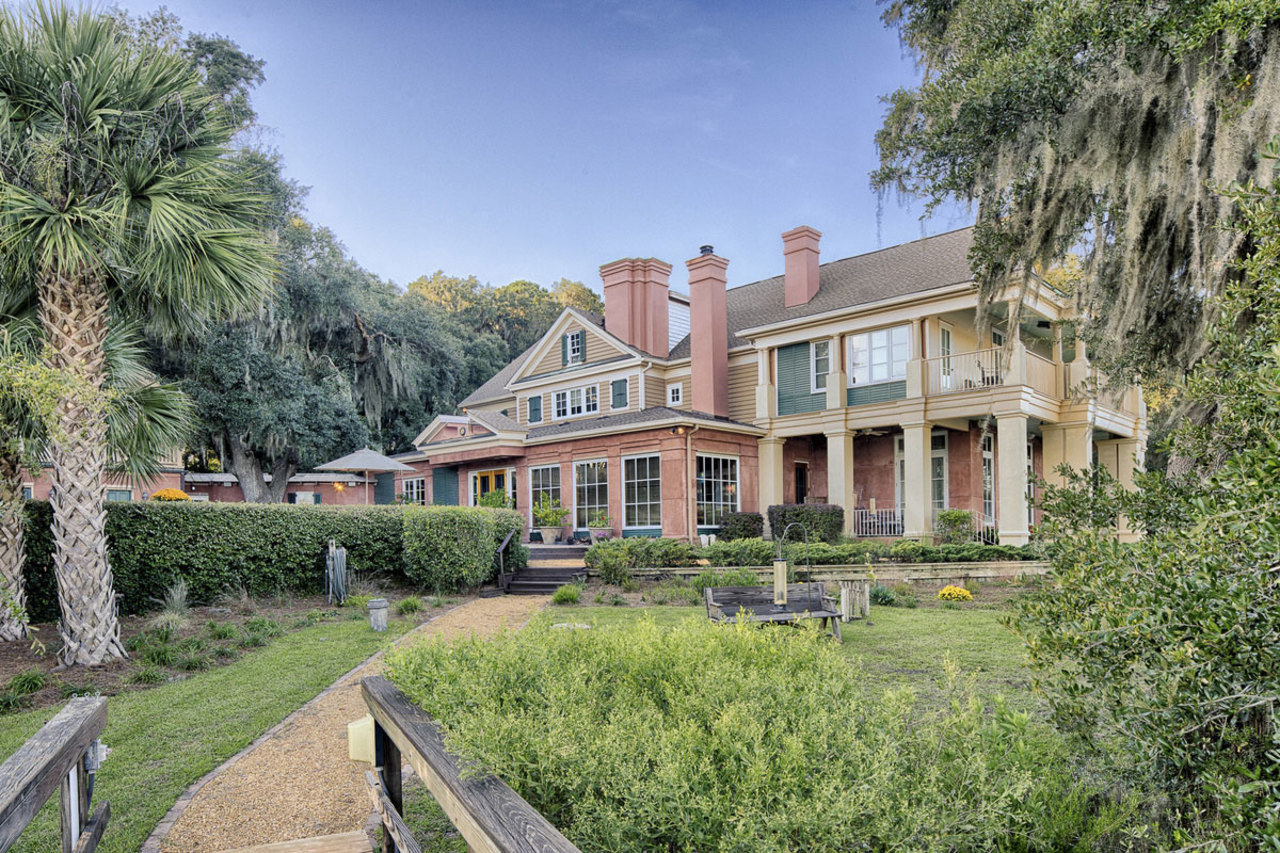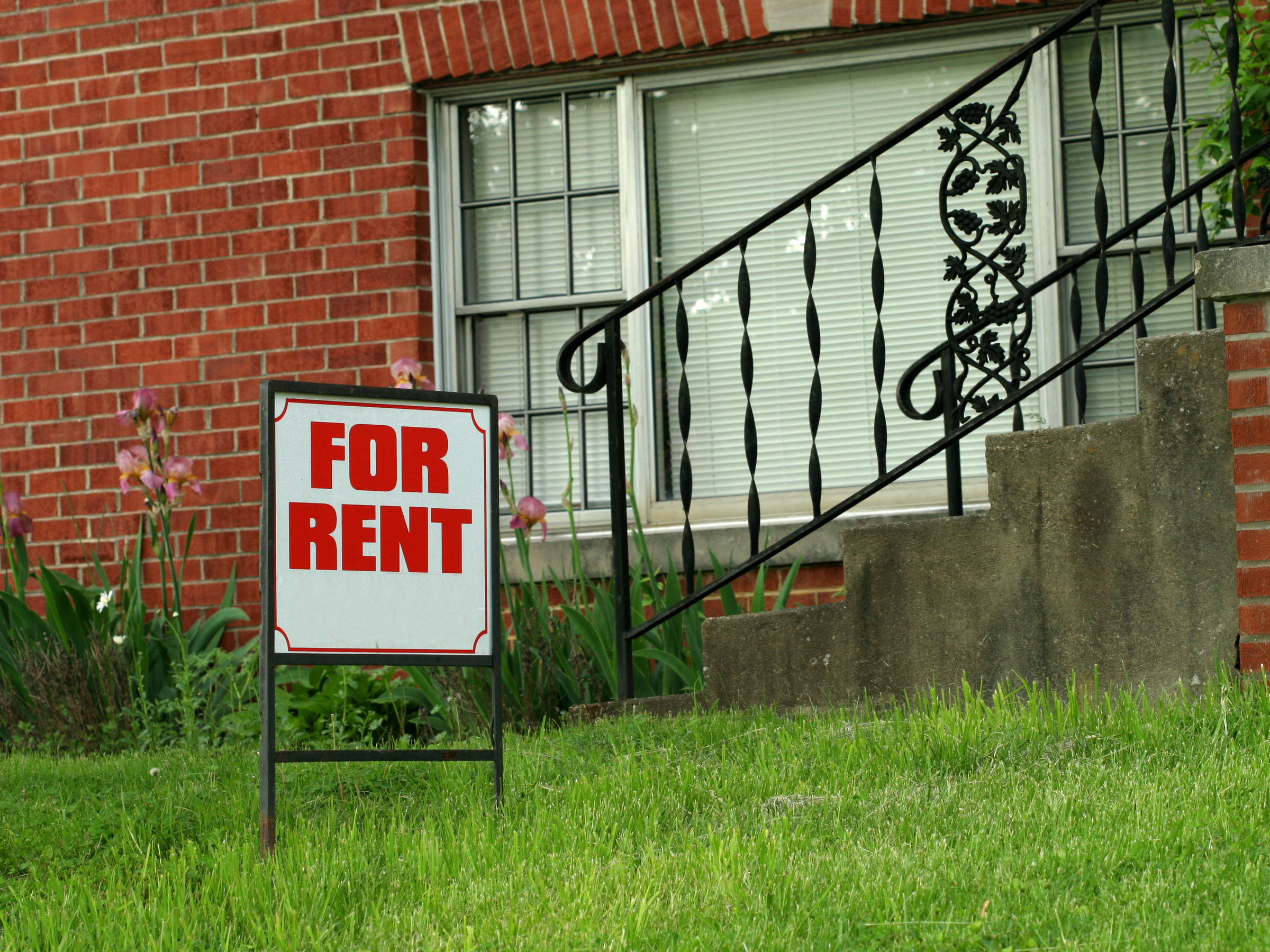Introduction to Affordable Housing Development
Defining Affordable Housing: What Do We Mean?
Affordable housing is more than just a buzzword; it’s a lifeline for many families struggling to make ends meet. It refers to housing that is affordable to low- and moderate-income households without sacrificing quality. Instead of sprawling mansions, think cozy apartments or charming bungalows that fit into a budget. The goal? To ensure that everyone has a place to call home, regardless of income.
The Importance of Affordable Housing in Today’s Economy
Why should you care about affordable housing? Because it’s not just about homes; it’s about stability. Affordable housing affects education, employment, and healthcare access. A stable home fosters a secure environment, enhances job performance, and improves overall community well-being. Plus, when families can afford their homes, local businesses thrive. It’s a win-win!
A Brief Overview of the Housing Crisis
In recent years, many regions have faced a housing crunch, with prices skyrocketing while wages remain stagnant. The mismatch leads to longer commutes, overcrowded shelters, and families living in substandard conditions. Understanding this backdrop is crucial for recognizing the need for innovative funding solutions like affordable housing development loans.
Understanding Affordable Housing Development Loans
What Are Affordable Housing Development Loans?
Affordable housing development loans are specifically designed to finance projects that provide housing for those who qualify as low or moderate-income individuals. These loans help developers create or rehabilitate affordable housing units, ensuring that many can access safe and decent living environments.
Key Characteristics: Interest Rates, Terms, and Requirements
These loans often feature lower interest rates than traditional financing and flexible terms to accommodate developers. Generally, they may require a down payment, but it’s often much less than conventional loans. Understanding the terms is key to making an informed decision.
Who Benefits from These Loans?
While the direct beneficiaries include developers and low-income families, the ripple effect is felt across the community. The more affordable housing options available, the more accessible neighborhoods become for essential workers, helping to bolster the local economy.
Types of Affordable Housing Development Loans
Conventional Loans vs. Government-Backed Loans: What’s the Difference?
Conventional loans are your standard mortgages backed by private lenders. Meanwhile, government-backed loans, such as FHA loans, come with guarantees that reduce risk for lenders, making them a safer choice for funding affordable housing projects. It’s essential to understand the benefits and traps of each to pick the best financing route.
Low-Income Housing Tax Credits (LIHTC)
The LIHTC program is a powerful tool for affordable housing development. It provides tax credits to developers, incentivizing them to build or rehabilitate affordable units. Think of it as a handshake between the government and the developer that says, “Thank you for helping out; here are some tax breaks!”
HOME Investment Partnerships Program: A Hidden Gem
The HOME program is a federal block grant designed to create affordable housing for low-income Americans. It’s funded by the U.S. Department of Housing and Urban Development (HUD). Developers can use these funds for acquisition, rehabilitation, or new construction, making it a versatile option in their funding toolkit.
How to Qualify for Affordable Housing Development Loans
Understanding Eligibility Criteria: Who Can Apply?
Qualifying for affordable housing development loans often hinges on meeting certain criteria related to the income level of the intended residents. Generally, at least 20-50% of your tenants must fall below a specified income threshold, commonly set by the local Area Median Income (AMI).
The Role of Credit Scores: Do You Need a Superhero-Level Rating?
While having a solid credit score can help, you don’t need Batman’s credentials! Many affordable housing development loans have more lenient credit requirements than conventional mortgages. However, a reasonable score can still lead to better terms.
Income Limits and Other Financial Considerations: Balancing Acts
Income limits for affordable housing can be a balancing act between maximizing potential tenants and meeting funding requirements. Developers should conduct thorough research to align their project with local income levels to ensure eligibility for funding without losing out on prospective residents.
The Application Process for Affordable Housing Development Loans
Step-by-Step Guide to Applying: Don’t Sweat It!
The application process may seem daunting, but breaking it down into manageable steps can ease the burden:
- Research loan options and funding sources.
- Gather necessary documentation, including financial statements.
- Submit your application and wait for a response (patience is key!).
Essential Documentation: What to Gather Before You Start
Documentation is your friend! Prepare items like project plans, budgets, and evidence of previous experience in the housing space. Ensure your proposals are thorough and appealing—think of it as the glossy cover of a magazine that makes readers want to dive deeper.
Common Pitfalls and How to Avoid Them (Spoiler: Don’t Use Invisible Ink)
One of the biggest pitfalls is underestimating project costs. Avoid this by conducting thorough market research and consulting with experienced professionals. And please, save the invisible ink for your secret spy missions, not your loan applications!
Funding Solutions and Strategies
Creative Ways to Fund Your Affordable Housing Project
Funding doesn’t always need to come from traditional loans. Consider alternative funding sources such as crowdfunding, local grants, or even community investment campaigns. The more diverse your funding sources, the better your chances of success.
Partnering with Nonprofits and Community Organizations
Collaborating with nonprofits can provide access to additional funding and technical resources. Many organizations have the experience and connections to help navigate the affordable housing landscape, making them invaluable partners.
Utilizing Grants and Other Financial Resources: Money for Nothing?
Not quite! While grants often come with strict guidelines, they can significantly reduce the financial burden. Research available grants extensively and ensure you meet all guidelines before applying. You wouldn’t want to miss out on free money!
Navigating Government Programs and Incentives
Federal Housing Administration (FHA) Loans: What You Need to Know
FHA loans are government-backed loans ideal for developers. They offer competitive rates and low down payment options, making them a reliable choice for funding affordable housing projects.
State and Local Programs: Tapping into Community Resources
Many states and local governments offer programs specifically designed to promote affordable housing development. These can include tax incentives, low-interest loans, or reduced regulatory hurdles. Researching local options can uncover hidden treasures to fund your project.
The Magic of Tax Incentives for Developers
Tax incentives can make or break a project’s viability. Potential incentives might include property tax abatements or income tax credits, creating a more favorable financial landscape for your building endeavors. It’s worth consulting a tax professional to understand these opportunities fully!
Case Studies: Successful Affordable Housing Developments
Spotlight on Successful Projects: What Made Them Work?
Examining successful case studies sheds light on best practices in affordable housing development. For instance, locales like Portland have embraced innovative zoning laws that encourage mixed-income developments. Learning what worked for others can provide a roadmap for your own efforts.
Lessons Learned: Stories from the Trenches
Every story has its share of bumps along the way. Veteran developers often share cautionary tales about construction delays or budgeting mistakes. Embracing the lessons from these experiences can save you headaches in your journey.
Challenges in the Affordable Housing Development Landscape
Common Barriers: Construction Delays, Land Costs, and More
The landscape is often littered with obstacles such as rising land costs, regulatory hurdles, and construction delays. Understanding these barriers can help you strategize ahead of time and prepare for battle.
Economic Factors: Interest Rates and Market Trends
Stay abreast of the economic climate, as changing interest rates can dramatically shift your project’s feasibility. Keeping an eye on market trends ensures you remain one step ahead in your planning.
Overcoming Hurdles: Strategies for Success
Facing challenges head-on can be intimidating, but developing strategies—such as securing multiple funding sources or building strong community relationships—can create a more resilient project. Remember, where there’s a will, there’s usually a way!
Innovative Approaches to Affordable Housing
Sustainable Building Practices: Eco-Friendly, Wallet-Friendly
Implementing sustainable building practices reduces costs and appeals to environmentally conscious tenants. Think energy-efficient designs, sustainable materials, and technologies that lower long-term operational expenses. Plus, who doesn’t love a green home?
The Rise of Modular Homes: Efficiency or Just a Trend?
Modular homes have gained traction as a cost-effective, speedy alternative to traditional builds. They allow developers to maintain quality while reducing construction costs and timelines—this trend is here to stay!
Community-Driven Designs: Incorporating Resident Input
Involving residents in the design phase leads to spaces that truly meet their needs. Gathering feedback can foster community pride and enhance overall satisfaction, making your development more than just another building.
Funding Your Project: Practical Tips and Tricks
Budgeting 101: Know Your Numbers!
A sound budget is essential to sustaining an affordable housing project. Start with careful cost estimates, set aside contingencies, and maintain transparent records throughout the entire process.
Building Relationships with Lenders: The Art of the Pitch
Strong relationships with lenders can open doors. Develop pitches that highlight your commitment to affordable housing and demonstrate financial responsibility. Being personable and professional can turn lenders into partners in your vision!
Leveraging Technology for Better Financing Options
Technology has streamlined the lending process, providing new avenues for funding. Explore platforms that facilitate peer-to-peer lending or crowd-fund support, allowing more flexibility in your financing approach.
Future Trends in Affordable Housing Development Financing
Emerging Technologies: Blockchain and Beyond
Emerging technologies like blockchain offer transparency in transactions, reducing fraud and increasing trust between developers and investors. Keeping tabs on these trends can position you advantageously within the industry.
The Impact of Policy Changes: What’s Coming Down the Pike?
Stay informed about proposed policy changes at local and federal levels. Shifts in housing policy can drastically affect funding availability and project viability. Being proactive can keep you ahead of the curve!
Predictions for the Next Decade: Affordable Housing in 2035
Looking ahead, we can anticipate growing demand for affordable housing due to population increases and urbanization. Embracing innovative designs and financing will be mounting pressures, so staying flexible and adaptable will be crucial.
Conclusion: The Path Ahead
The Importance of Continued Investment in Affordable Housing
Investing in affordable housing isn’t just smart economically; it’s socially responsible. Continued effort in this area contributes positively to community fabric while fostering economic growth. It’s all about building futures, one brick at a time!
Encouraging Community Involvement and Support
Community engagement remains a pillar of affordable housing success. Fostering collaboration creates a sense of ownership among residents, leading to more sustainable and harmonious neighborhoods.
Final Thoughts: Building Homes, Building Futures
In the end, affordable housing development loans are a key piece of a complicated puzzle. By harnessing creativity, collaboration, and perseverance, we can ensure a brighter future for all. Now, let’s roll up our sleeves and get building—because everyone deserves a place to call home!
Closing Remarks
A Humorous Note on the Journey of Housing Development: Laughing Our Way to Affordable Living
Remember, every development has its hiccups—whether it’s the contractor mixing up blueprints or discovering the location has “quirky” zoning laws. Laughing together while navigating these challenges can make the journey worthwhile!
Encouraging Action: What’s Your Next Step? Let’s Build Something!
So, what are you waiting for? Dive into the affordable housing world, explore your funding options, and help create communities that offer warmth, comfort, and a little humor in the process! Now, let’s get building!







